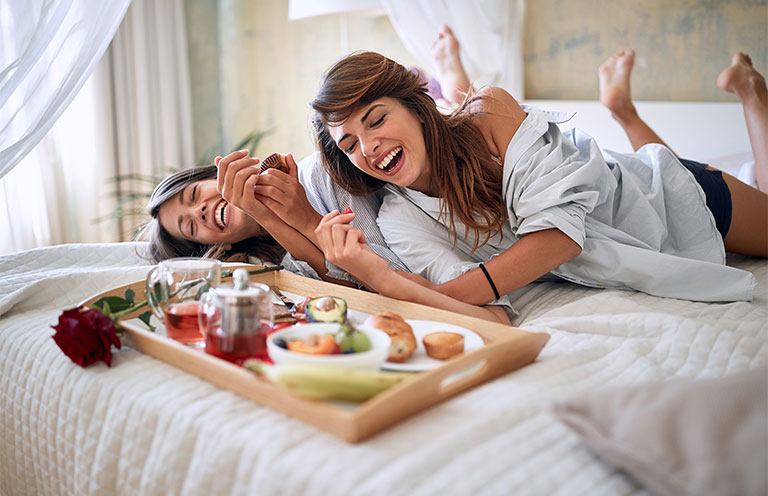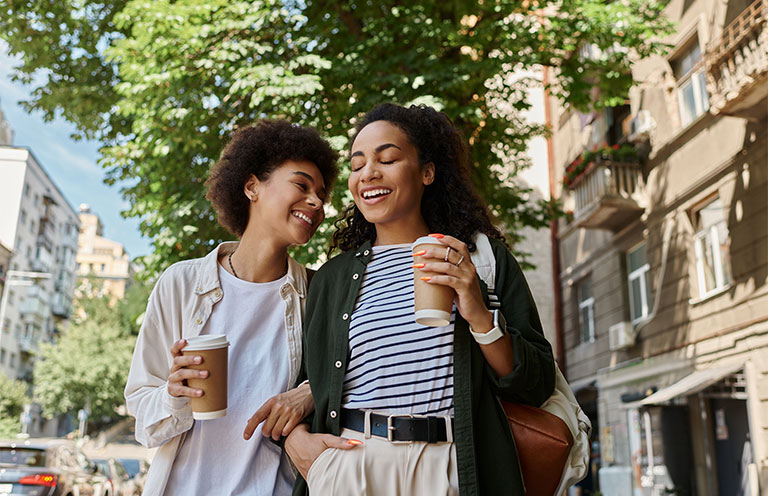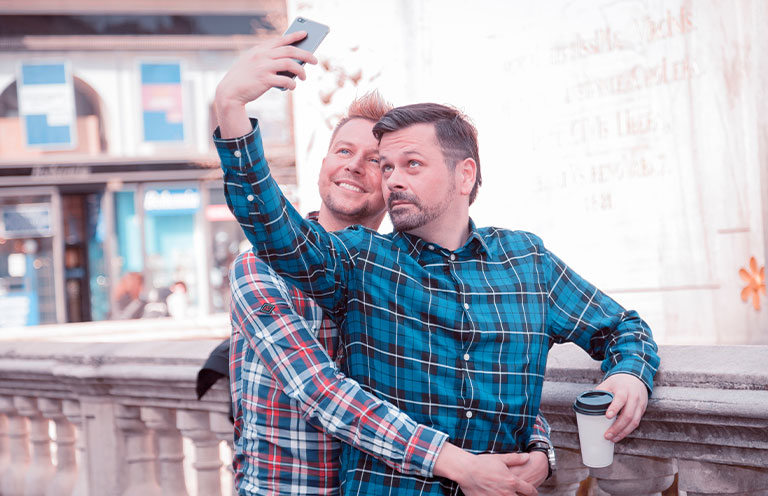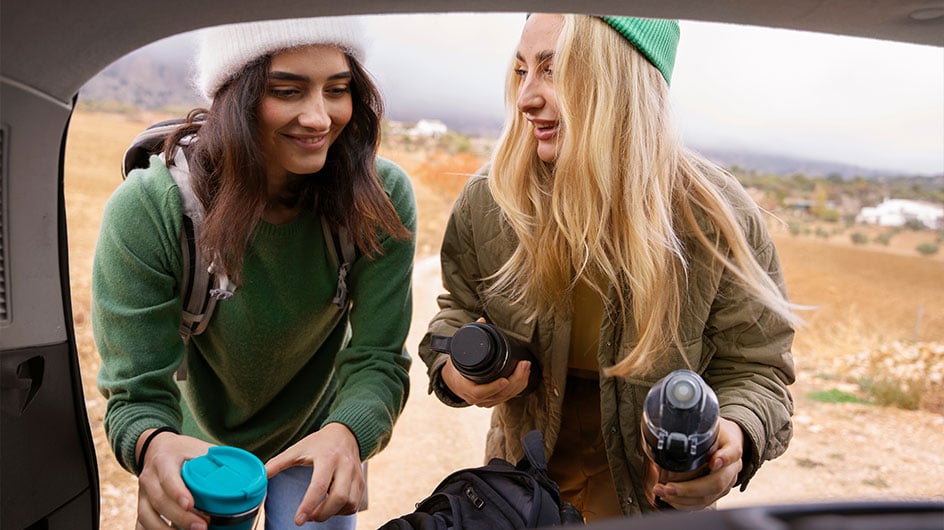The romance of the road is vastly appealing to Americans from all walks of life, but safety concerns often loom large for LGBTQ+ travelers when exploring unfamiliar territory. In addition to making sure your car is ready for the highway, following these simple safety tips can better prepare LGBTQ+ travelers for the perfect gaycation.

Securing safe accommodations
After you drive hundreds of miles, it’s important to know that the hotel, motel, or inn where you’ll rest your head is a welcoming one.
Ed Salvato, a leading LGBTQ+ travel expert and professor of tourism and hospitality at New York University, reveals that large hotel brands, including Marriott, Hyatt and Hilton, have trained their employees to interact with LGBTQ+ travelers.
“You can exhale a little bit because there’s been…training there,” he says, noting all three chains have scored 100 percent on the Human Rights Campaign’s Equality Index. Collectively, the big three offer more than 11,000 hotels nationwide and are easily bookable through practically every travel planning site, including AAA.com.
Should your trip take you to more rural or less populated area, rely on businesses like Misterbandb to assist with accommodations. Its inventory includes over two million safe and inclusive home stays with queer hosts, as well as LGBTQ+-friendly hotel options worldwide.
Reading reviews also helps. “Reviews of properties can be a gold mine since you get a firsthand perspective from prior guests,” says Kelsy Chauvin, an LGBTQ travel-focused journalist. “Search for terms like ‘owner’ and ‘LGBTQ,’ that may lead to direct comments from queer travelers or to learn more about who’s running the accommodation.”

Navigating unfamiliar areas
Road tripping often means driving into more desolate parts of the country that can often create a sense of unease for any traveler, including those who identify as queer.
A quick remedy is to seek out local LGBTQ+ community centers along the way. Centerlink, for example, is a nonprofit organization offering a worldwide directory of LGBTQ+ resources, with six centers in Alabama alone.
“Small, medium and large cities will have an LGBTQ center,” says Salvato. “Go check it out. Ask questions. Get a cup of coffee. You’re going to meet the queerest of queers which I love.”
Another option is to hire a local LGBTQ+ guide who can give the lay of the land, point out queer-friendly bars and restaurants, and offer safety tips. And when in doubt (or desperation), try connecting with locals via social networking apps like Grindr, Scruff, and HER.
Your hotel can also be a valuable resource. “If mainstream hotels don’t have information at the concierge desk about the gay scene, it’s their duty of care to help you get it,” suggests Salvato. “They’re not going to scoff at you. They’re going to help.”

Understanding regional attitudes
Though LGBTQ+ people live everywhere, the US is a big country where attitudes and customs differ by region.
A great way to “fit in” is to simply do as the locals do. Salvato likes to pick up a city newspaper and read the headlines, as well as chat with strangers, from Uber drivers and folks in diners, to get a sense of the overall vibe. “I’m not going back in the closet, but I think it’s about respect for a destination,” he says. “In Paris, you say ‘bonjour’ and ask for a croissant. You don’t ask for a Dunkin Donuts.”
Chauvin agrees. During a visit to North Dakota, her 50th state, she stayed true to her queer self while showing respect by engaging the locals.
“Just being friendly is the best approach,” she says. “It opens conversations that can lead to cool discoveries and even to making new local friends. In North Dakota, I was delighted to find welcoming folks everywhere I went, and they were thrilled to share tips about their region.”
Travel smart, have fun, and enjoy the romance of the road, keeping in mind that queer people are everywhere.

